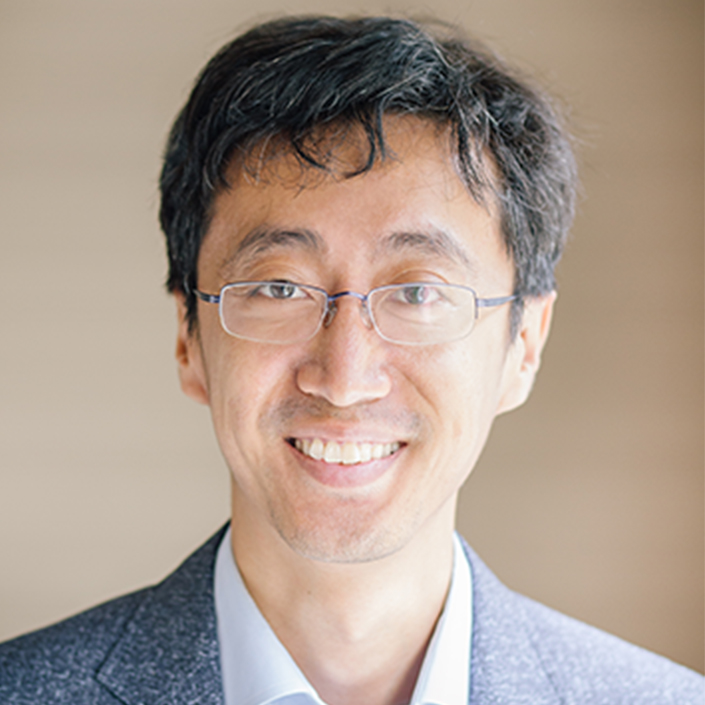Workshop on Sensing, Communication and Networking for Smart Agriculture (AgriSECON 2023)
Smart agriculture is a major trend in the development of modern agriculture worldwide today.
Smart agriculture has significant multidisciplinary crossover characteristics and requires a new generation of information technology to integrate deeply with agriculture, making agriculture enter the networked, digital and intelligent development. At present, the core technologies and scenarios of smart agriculture have not yet formed a system, and there is no overall available, replicable and rapidly migratable sensing system and network system.
The sensing, communication and network mode of smart agriculture is important for realizing a new agricultural production mode of information perception, quantitative decision making, intelligent control, precise input and personalized service in the whole process of agricultural production. Exploring sensing, communication and network models for smart agriculture will become the inevitable direction for replicable and large-scale development of smart agriculture. The papers solicited for this workshop will describe original, previously unpublished research, experimental efforts, practical experiences, as well as visionary roadmaps, in all aspects of sensor networks, Internet of Things, mobile devices, wireless communications, and satellite networks for smart agriculture.
AgriSECON 2023 offers a unique opportunity for researchers and practitioners to discuss recent and innovative results in the application of sensing, communication and networking to agricultural information systems and networks. It will provide a forum to exchange ideas and experiences on the design and implementation of information technology systems for smart agriculture and to identify future directions and challenges in sensing, communication and networking for smart agriculture. The cutting-edge and cross-disciplinary nature of the workshop in the field of smart agriculture will make AgriSECON2023 attractive to IEEE SECON attendees.
Papers should neither have been published elsewhere nor be currently under review at another venue. All papers for workshop must be submitted via the conference submission system. Each submission must be at least 5 papers and no longer than 9 pages (including all the figures, references, and appendices), 2-page poster is also accepted, and in font size of 10 points. Submissions that violate the formatting guidelines will be rejected without review.
Use the standard IEEE Transactions templates for Microsoft Word or LaTeX formats at https://www.ieee.org/conferences/publishing/templates.html. If the paper is typeset in LaTeX, please use an unmodified version of the LaTeX template IEEEtran.cls version 1.8, and use the preamble:
\documentclass[10pt, conference, letterpaper]{IEEEtran}
Do not use additional LaTeX commands or packages to override and change the default typesetting choices in the template, including line spacing, font sizes, margins, space between the columns, and font types. This implies that the manuscript must use 10-point Times font, two-column formatting, as well as all default margins and line spacing requirements as dictated by the original version of IEEEtran.cls version 1.8. A smaller font size, up to 8pt, is allowed for reference pages. You can ignore any warning of the submission system for the reference pages
If you are using Microsoft Word to format your paper, you should use an unmodified version of the Microsoft Word IEEE Transactions template (US letter size). Regardless of the source of your paper formatting, you must submit your paper in the Adobe PDF format.
The paper must print clearly and legibly, including all the figures, on standard black-and-white printers. Reviewers are not required to read your paper in color.
The organizers of IEEE SECON 2023 workshop as well as our attendees expect accepted papers to be presented at the conference. IEEE reserves the right to exclude a paper from distribution after the conference (e.g., removal from IEEE Xplore) if the paper is not presented at the conference.
Submit your papers via EDAS at:
Submission WebSite
-
Workshop paper submission deadline (recommended):
1 June 202312 June 2023 - Workshop paper acceptance notification (recommended): 29 June 2023
-
Camera ready deadline (firm):
15 July 202331 July 2023
- 11:30-11:35 Opening Speech
- 11:35-12:15 Keynote Speech
- 12:15-12:30 CAS: Crop Aerial Sensing Simulation in Smart Farming
- 12:30-12:45 ACIGS: An automated large-scale crops image generation system based on large visual language multi-modal models
- 12:45-13:00 LSTM-Driven Scheduling for Energy-Efficient Crop Monitoring in Wireless Networks
- 13:00-14:00 Lunch and Poster Discussion
(Empower Smart Agriculture with RFID Reference Infrastructure,
Drought level prediction based on meteorological data and deep learning) - 14:00-14:15 Satellite Internet of Things for Smart Agriculture Applications: A Case Study of Computer Vision
- 14:15-14:30 Optimizing Crop Recommendations for Sustainable Agriculture: Leveraging Bayesian Networks in a Smart Crop Recommendation System
- 14:30-14:45 Segmentation and Grading Method of Potato Late-Blight on field by Improved Mask R-CNN
- 14:45-15:00 MAKBQA: Multi-hop Knowledge Base Question Answering System Based on Sensors and Internet Agricultural Data
- 15:00-15:15 Making Wines Smarter: Evidence from an Interpretable Learning Paradigm
- 15:15-15:30 Early-season mapping of winter canola using satellite optical and SAR data
- 15:30-15:45 A SAM-based method for large-scale crop field boundary delineation
- 15:45-16:00 Crop Planting Layout Generative Adversarial Network Model
- 16:00-16:20 Coffee Break
- 16:20-17:00 Panel Discussion
Jie Liu, Harbin Institute of Technology (Shenzhen)
Dongbo Li, Harbin Institute of Technology
- A SAM-based method for large-scale crop field boundary delineation
- ACIGS: An automated large-scale crops image generation system based on large visual language multi-modal models
- CAS: Crop Aerial Sensing Simulation in Smart Farming
- Crop Planting Layout Generative Adversarial Network Model
- Drought level prediction based on meteorological data and deep learning
- Early-season mapping of winter canola using satellite optical and SAR data
- Empower Smart Agriculture with RFID Reference Infrastructure
- LSTM-Driven Scheduling for Energy-Efficient Crop Monitoring in Wireless Networks
- MAKBQA: Multi-hop Knowledge Base Question Answering System Based on Sensors and Internet Agricultural Data
- Making Wines Smarter: Evidence from an Interpretable Learning Paradigm
- Optimizing Crop Recommendations for Sustainable Agriculture: Leveraging Bayesian Networks in a Smart Crop Recommendation System
- Satellite Internet of Things for Smart Agriculture Applications: A Case Study of Computer Vision
- Segmentation and Grading Method of Potato Late-Blight on field by Improved Mask R-CNN
